Command the Battlefield with Our Mastercrafted Naginata – The Samurai's Polearm Perfected!" Forged from high-carbon steel with a lethally curved blade, our authentic naginata delivers unmatched reach and slashing power while maintaining perfect balance. Revered by US martial arts dojos, historical reenactors, and weapon collectors, this iconic Japanese pole weapon combines battlefield heritage with modern durability. Train like a warrior monk or display a masterpiece – our naginata outperforms competitors with its museum-quality craftsmanship. Join America's growing naginata movement – own the ultimate in samurai tradition today!
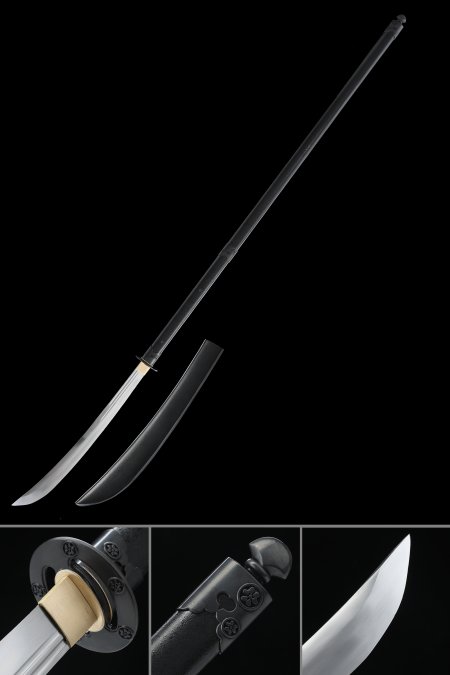
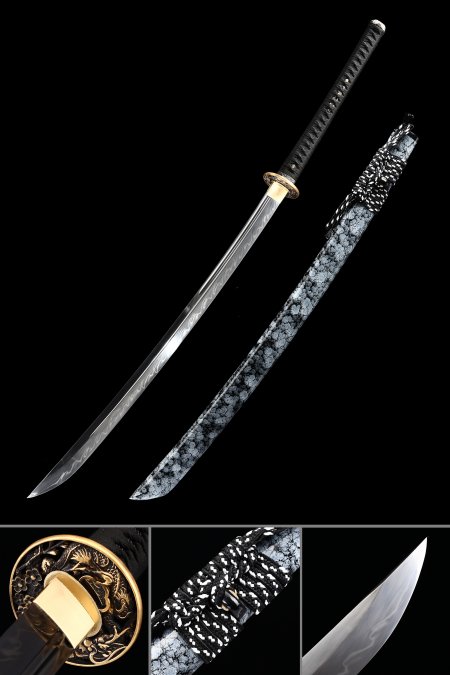
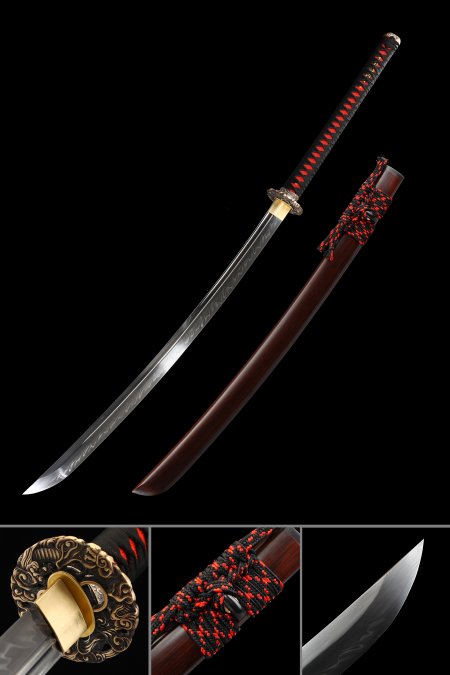
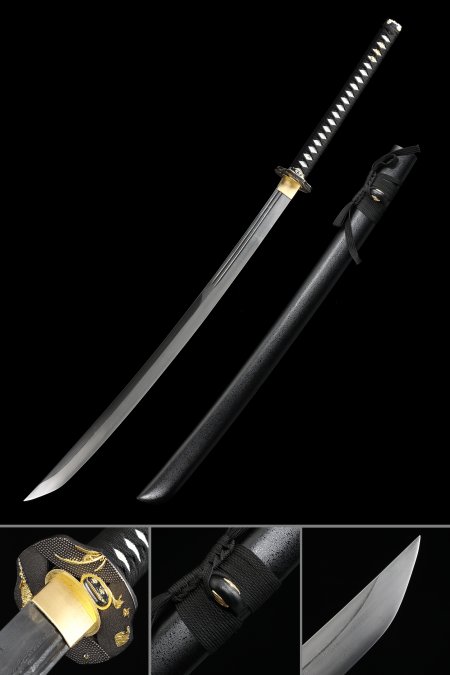
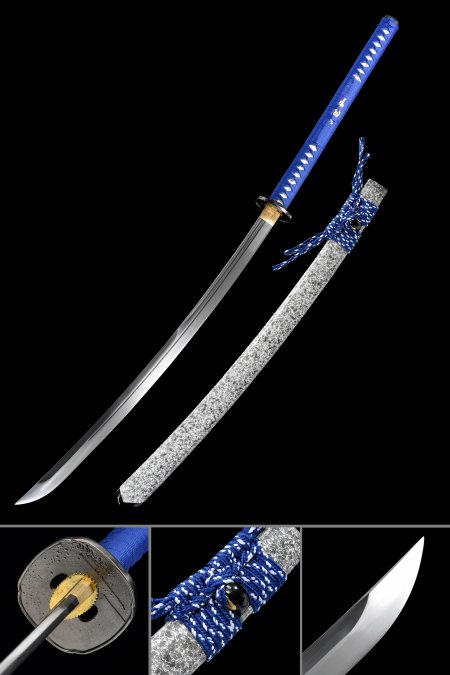
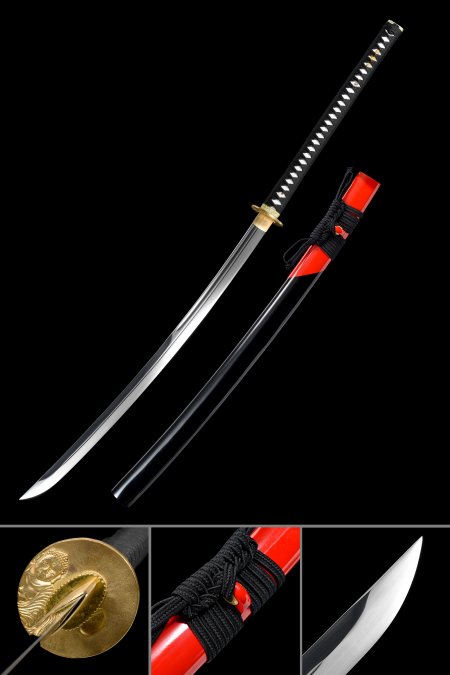
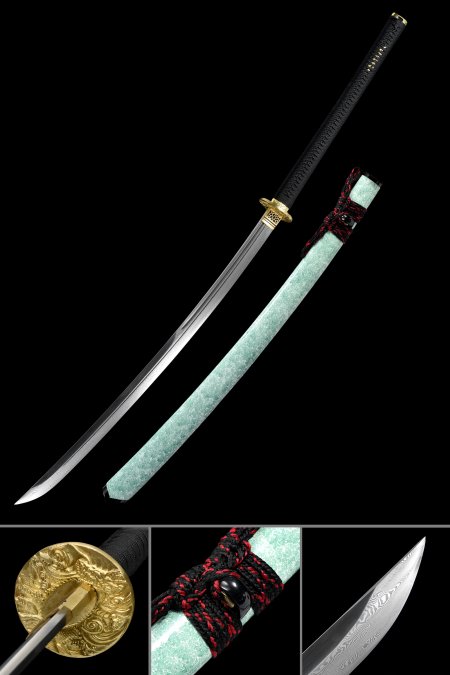
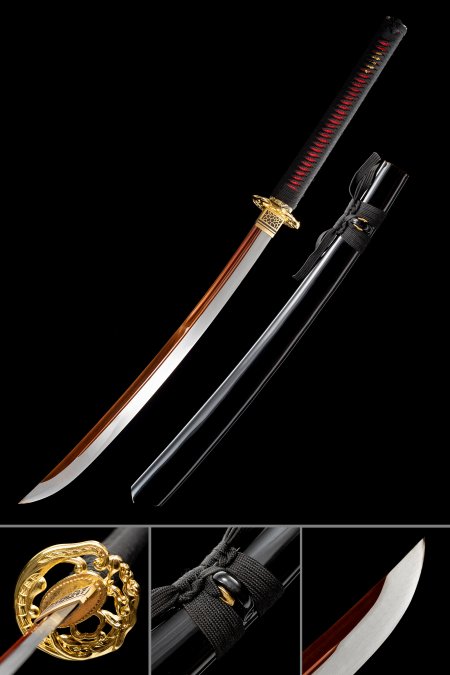
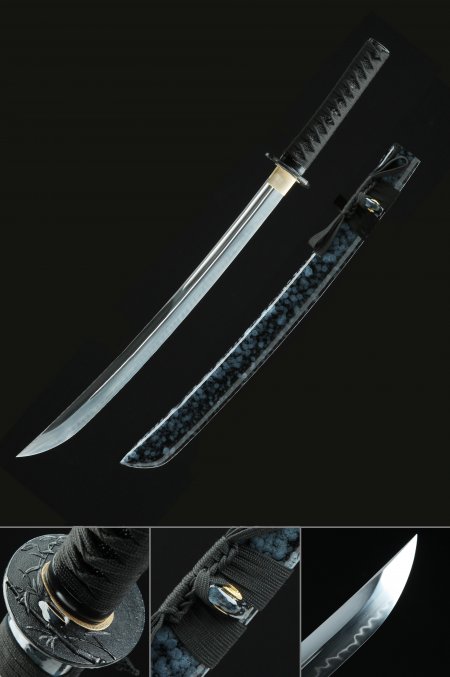
Worth your money when it comes to katanas the more you spend the better the quality definitely worth the money
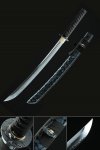 |
Handmade Japanese Naginata Sword T10 Folded Clay Tempered Steel Blade |
Amazing swords. Came sharp and I love them. Great customer service and shipping speed as well. Will continue buying from you.
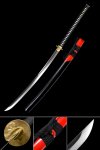 |
Handmade Japanese (紅梅) Naginata Sword Full Tang With Black Saya |
Overall good weapon nice cutting and feel but something wrong with the glue job inside the saya as it would keep getting on the blade no matter how many times said saya cleaned it and washed it out with soap and water until I cut it in half and removed it and did my own glue job which seemed to fix that but yea cause of that I can’t give it a 5 star I’m sure you’d understand
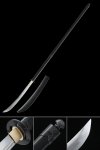 |
Handmade Full Tang Japanese Naginata Sword 1060 Carbon Steel With Black Saya |
A great buy and amazing for the price. Very high quality. I got it because it can also be used like a katana for quick drawing. It's the perfect combo of a naginata and a katana.
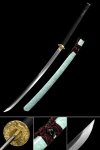 |
Handmade Japanese (風雲海龍) Naginata Sword Pattern Steel With Green Saya |
The swords arrived 7-8 days after they were shipped. I had received an email confirming the order when I placed it, however I did not receive an email when it shipped, so I didn't know to look for them. They may have been outside a day before I noticed the boxes. With that said the boxes arrived in good shape with no obvious shipping damage. I'm not the biggest fan of the all styrofoam containers, due to it being a little messy when opening the packaging, but I can't deny it did an excellent job in protecting the swords as they arrived in perfect condition. I haven't had a chance to cut any water bottles yet, but all of the swords seem reasonably sharp. Everything seems well built with no obvious defects that I can tell at this time.
 |
Handmade Japanese (風雲海龍) Naginata Sword Pattern Steel With Green Saya |
True katana has been a fabulous company for me personally. I can buy replicas of real samurai swords that are made by a real Smith, but not as real as the authentic older ones. I love collecting swords and these are great and true katana has a great team, and I received the swords and less than two weeks, if I was to buy sword, it would From true katana! Thank you for everything you’ve done!!!
 |
Handmade Japanese (紅梅) Naginata Sword Full Tang With Black Saya |
Quality of my order is very outstanding. The balance of my naginata is excellent.as is my short sword.
I would buy from this company again.
 |
Handmade Full Tang Japanese Naginata Sword 1060 Carbon Steel With Black Saya |
My first Naganata. I'm hooked. The most solid and we'll balanced sword I have purchased yet. The wooden Saya is a thing of beauty. The entire sword is gorgeous from top to bottom. It came perfect out of the box. Sharp, no rattles, fits perfectly in the saya. It will be my main blade to practise with going forward. Great job!
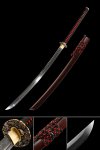 |
Handmade Japanese Naginata Samurai Sword T10 Carbon Steel Real Hamon |
Where else can you buy original Japanese sword, only here. Thank you guys.
 |
Handmade Japanese (紅梅) Naginata Sword Full Tang With Black Saya |
The sword in theory is beautiful … but a couple things its not sharp at all. The sword doesnt fully go into the saya and the kashira is crooked also the tsuba is loose. So i mean i really want to buy 2 other swords from you guys but im a little skeptical now.
 |
Handmade Japanese (風雲海龍) Naginata Sword Pattern Steel With Green Saya |
I have to say I'm impressed with the high quality and astounding prices. Here is my latest acquisition on the top tier. Extremely satisfied with this company's vast array of offerings. Very good business model ends up a win for all involved in any transaction. TRUEKATANA HAS IT NAILED!! Many thanks.
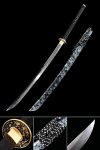 |
Handmade Japanese Naginata Sword T10 Folded Clay Tempered Steel |
I love nagamaki and this is my third. The Longquan sword market is competitive and I could've possibly got it cheaper on Ebay etc. But I love Truekatana's prompt service and good customer support!
 |
Handmade Japanese Naginata Sword T10 Folded Clay Tempered Steel |
The very best sword I have an l have a lot good job
 |
Handmade Japanese Naginata Sword T10 Folded Clay Tempered Steel |